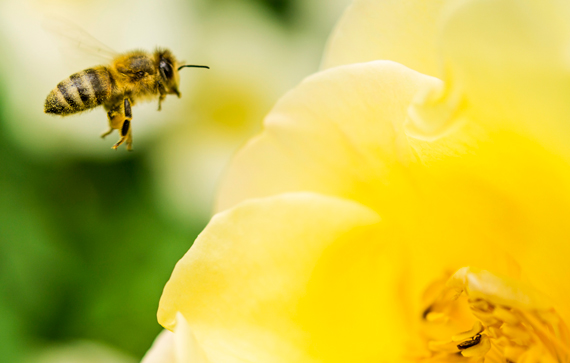What’s the Buzz?
New Agro-Films Help Bees Pollinate Crops and Feed the Planet
From greenhouses to wrapping bales of hay to avoiding weeds, plastic films have become an essential agricultural tool for the increase of food production.
The global agricultural films market is expected to reach USD 13.85 billion by 2024, according to Grand View Research.
There’s just one problem: Some of the currently available films block specific rays of UV light needed by bees to seek out and pollinate crops. And native bees play an essential role in feeding the planet. They pollinate nearly 75 percent of the fruits, nuts, and vegetables grown in the U.S., according to the USDA.
But Clariant's AddWorks™ AGC solutions based on Hostavin™ NOW, an innovative light stabilizer technology, enable agricultural film producers to develop products that offer extended film service life without impeding bees’ mobility. AddWorks AGC solutions can be added during the film production process and do not block the specific UV rays bees need to detect patterns on plants and crops and find their way to pollinate.
In addition, the Hostavin NOW technology offers other advantages as well: Films are significantly more resistant against pesticides, sun exposure, and higher temperatures compared to conventional films. With longer service life, these films don't need to be replaced as often as conventional films, reducing their environmental impact.


